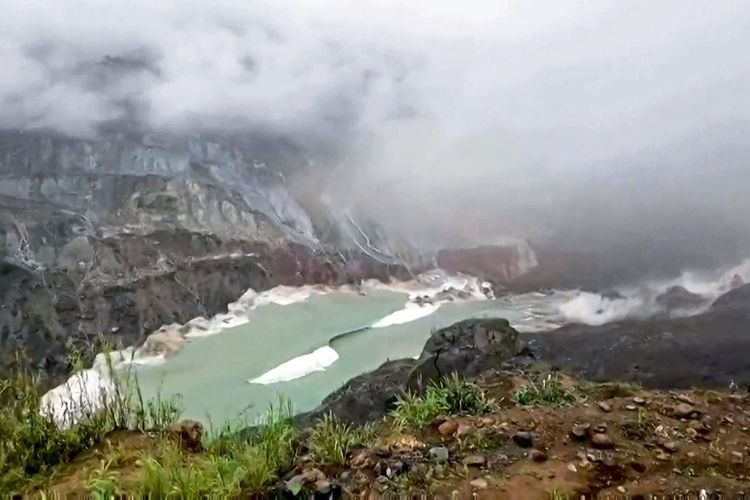Understanding Recent Developments in Myanmar

Introduction: The Importance of Myanmar
Myanmar, located in Southeast Asia, has been a focal point in international discussions due to its complex political situation, economic challenges, and humanitarian crises. Since the military coup in February 2021, the country has experienced significant turmoil, leading to widespread protests and an ongoing struggle for democracy. Understanding the current events in Myanmar is crucial for grasping the implications for its citizens and the region.
Political Climate and Developments
The political landscape in Myanmar remains unstable following the coup that ousted the democratically elected government of Aung San Suu Kyi. The military junta, known as the State Administration Council (SAC), has faced resistance from a wide array of groups, including the National Unity Government (NUG) formed by ousted lawmakers. Since the coup, thousands of civilians have been killed, and thousands more imprisoned as the military continues to exert its control through violent means.
As of late 2023, protests against the junta have continued, albeit with diminished visibility due to increased repression. Reports suggest that international attention is focused on humanitarian and human rights crises occurring within the country.
Economic Situation
Economically, Myanmar has struggled significantly in the wake of the coup. The conflict and upheaval have severely disrupted businesses, leading to a contraction in economic activity. The World Bank estimates that Myanmar’s economy contracted by 18% in 2021 and has not yet fully recovered. Inflation has surged, with prices for essential goods skyrocketing, putting further pressure on households.
Humanitarian Crisis
The humanitarian situation in Myanmar has reached alarming levels, with millions facing food insecurity and lack of access to healthcare. The United Nations estimates that over 14 million people require humanitarian assistance, exacerbated by the ongoing conflicts and economic decline. The international community has responded with calls for assistance and sanctions against the military rulers, urging for a return to democracy.
Conclusion: The Path Forward
The situation in Myanmar remains precarious, with ongoing violence and humanitarian needs that must be addressed urgently. As the country navigates its path forward, the resilience of the Myanmar people continues to shine through their protests and calls for democracy. The future of Myanmar hinges not only on internal efforts but also on the response of the international community to support a peaceful transition to democracy and improve the lives of its citizens.



